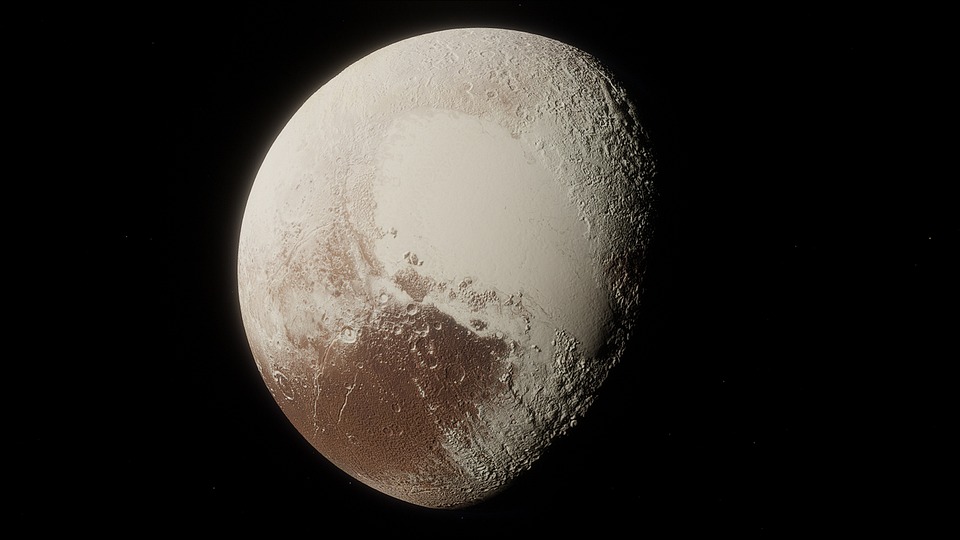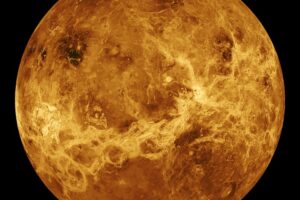Pluto: The Dwarf Planet That Continues to Fascinate Scientists
Pluto, once considered the ninth planet in our solar system, has long been a topic of fascination for scientists and space enthusiasts alike. Discovered in 1930 by astronomer Clyde Tombaugh, Pluto has since been downgraded to a dwarf planet in 2006 by the International Astronomical Union.
Despite its diminutive size and distant location from the sun, Pluto continues to intrigue scientists with its unique characteristics and mysterious surface features. The dwarf planet is composed primarily of rock and ice, and its small size and low mass give it a slightly irregular shape.
One of the most intriguing aspects of Pluto is its highly elliptical orbit, which takes it closer to the sun than Neptune for a portion of its 248-year orbit. This unusual orbit has led scientists to theorize about the possibility of a liquid ocean beneath Pluto’s icy surface, which could potentially harbor some form of alien life.
In recent years, NASA’s New Horizons spacecraft has provided invaluable data and images of Pluto, shedding new light on its geology and atmosphere. The spacecraft’s flyby in 2015 revealed stunning high-resolution images of Pluto’s surface, including icy mountains, nitrogen glaciers, and a thin atmosphere composed mostly of nitrogen and methane.
Despite its small size and frigid temperatures, Pluto continues to captivate scientists with its complex and dynamic characteristics. Researchers are eager to learn more about this distant dwarf planet and its potential implications for our understanding of the solar system and beyond.
As technology advances and new missions are planned, we can expect even more exciting discoveries about Pluto and its fascinating secrets. The dwarf planet may have been demoted from its planetary status, but its allure and intrigue are certainly still intact.
For more information about Pluto and the latest scientific discoveries, visit NASA’s official website at [https://www.nasa.gov/mission_pages/newhorizons/main/index.html].
Modern footnote with source link: [https://www.nasa.gov/mission_pages/newhorizons/main/index.html]






























Add Comment